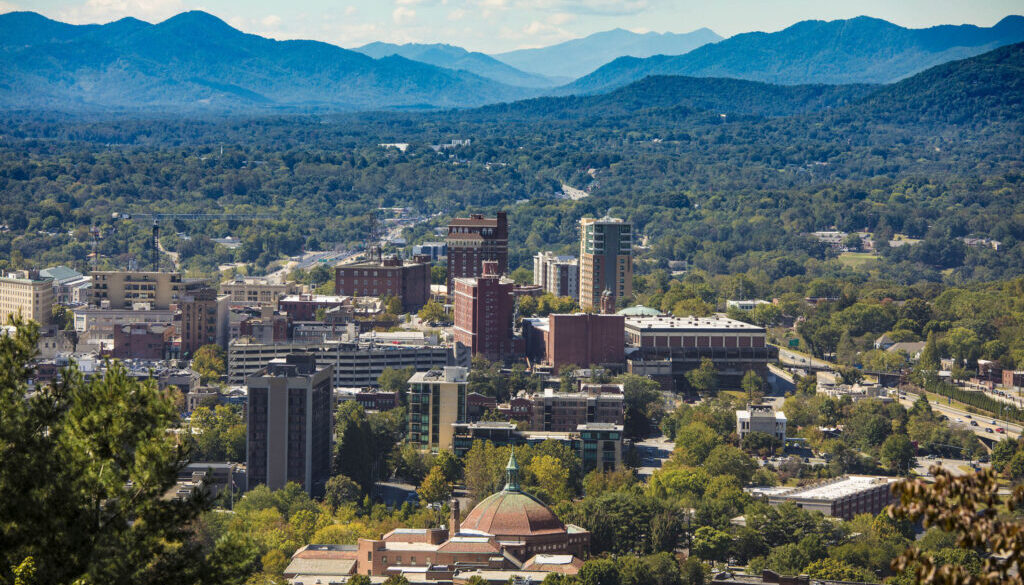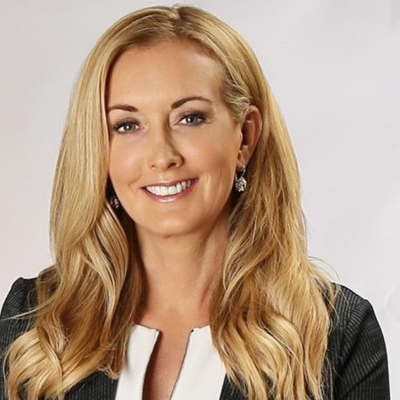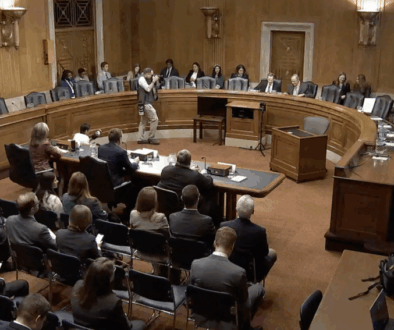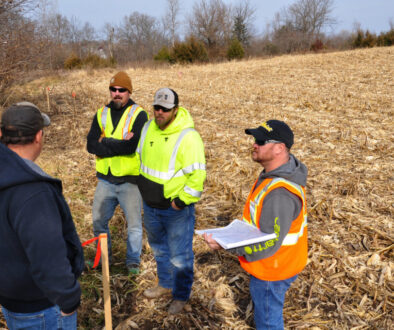Dubbed a “climate haven,” a North Carolina community braces for change
By Jazmin Murphy
From wildfires racing through the drought-stricken west, to heavy flooding in the central and eastern regions of the United States, extreme weather events are spurring many Americans to seek refuge in more environmentally stable cities, so-called “climate havens.”
On top of a list of identified ideal destinations is the town of Asheville, North Carolina, a community of roughly 100,000 people located in the western part of the coastal state amid the Blue Ridge Mountains.
The climate haven label implies that the city is relatively more resilient to climate change than other places across the country, a reassuring safe space in the face of uncertainty.
And indeed, Asheville’s location in a mountainous region of North Carolina does make it less vulnerable to extreme heat impacts, and it is sufficiently inland to avoid hurricane winds and oceanside erosion issues.
There is great interest in growth in and around Asheville, according to Amanda Martin, chief resilience officer of the North Carolina Office of Recovery and Resiliency.
“Asheville’s long standing commitment to mitigating and adapting to climate change both in the public and private sector is a contributing factor in others labeling us a climate haven,” said Asheville Sustainability Director Bridget Herring.
But while some applaud the interest, others see brewing trouble. Many people are concerned that an influx of newcomers will upend sustainability efforts and come at the expense of Asheville’s most vulnerable communities.
“There are a lot of people moving to Asheville right now,” says Patrick Hunter, managing attorney for the Southern Environmental Law Center (SELC) office in Asheville. “Most of the people that are moving here are decently, if not, quite wealthy. That does change the community.”
New and newly renovated homes are popping up around Asheville, surrounding older mainstays in hues of grays and blues associated with gentrified neighborhoods. And housing costs are soaring. A recent report by Syneva Economics showed home prices in Buncombe County, which encompasses Asheville, rose an average 43% between 2016 to 2021.
The county’s Southside community, its lowest income-earning area — saw the highest rise in prices by a spike of over 116 percent over that time frame.
In the eyes of Asheville resident and community organizer DeWayne Barton, who counts himself as someone trying to help lift up Asheville’s African American community, so-called climate migrants could thwart the equity Barton and others have been working for.
Through an organization called Hood Huggers, Barton and his wife have spent the last 20 years supporting Asheville’s historically African American neighborhoods, creating green spaces and jobs, as well as raising money for re-investment to create “a culture of sustainability that is inclusive and economically just.”
But amid soaring housing prices, cohesive African American neighborhoods are disappearing, said Barton.
In the year 2000, African-Americans made up 20% of the Asheville population; by 2010 that declined to 13.4% and as of the latest census data, African Americans were 11% of the town’s total population.
Despite the increasingly predominant white population, for the last several years, it has been the historically marginalized communities that have borne the disadvantages that have come with Asheville’s development boom.
A recent proposal to further develop Interstate 26 would endanger the historically African American neighborhood, the Burton Street Community, which Barton is helping to preserve. The construction of seven miles of new freeway would cause “recurring impacts to community cohesion, reduction in neighborhood land, loss of community resources, changes in access and connectivity, and relocations,” according to a state environmental impact report. Still, the $1.2 billion project was approved to proceed this year.
A little further south, Duke Energy has proposed a coal combustion residue (CCR) landfill at its steam electric power plant on Lake Julian. The one-mile radius surrounding the proposed landfill site is home to high concentrations of Black or African American and Hispanic or Latino residents. This community also has the lowest per capita income, estimated at $30,818, with roughly 47 percent of Hispanic or Latino residents living below poverty level.
Already areas with the highest concentrations of Black residents are directly adjacent to commercial or industrial zones where environmental pollution is a concern.
Herring said the city has implemented a “climate justice initiative,” recognizing that low income and communities of color are some of the most vulnerable populations when it comes to the impacts of climate change.
That comes alongside an array of broad programs aimed at environmental sustainability, such as the city’s goal to be fully reliant on renewable energy by the end of 2030.
Two years ago, the city council said it was earmarking more than $4 million for an initiative that would invest in education, housing, health and business development and other areas for the benefit and strengthening of the area’s African American population. The spending plan has stalled, but there are high hopes the money can make a difference.
“Right now we’re looking at some immediate mid-term and long-term goals,” said Barton. “What we’ve got to do here is make something very successful happen.”




